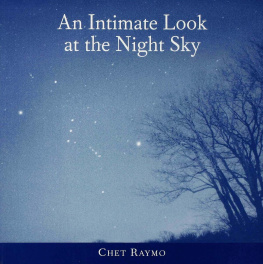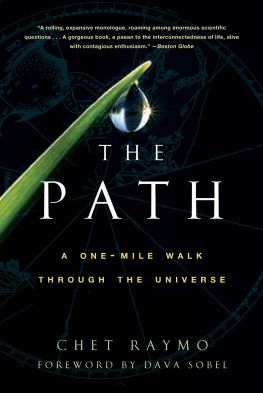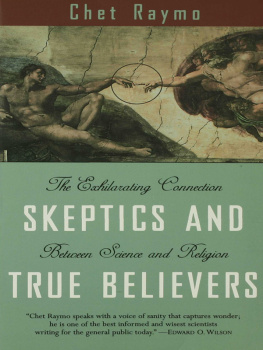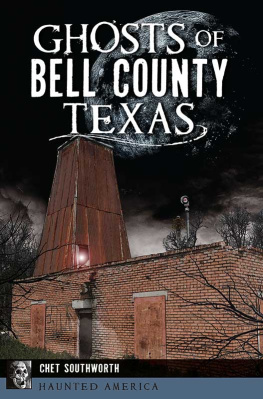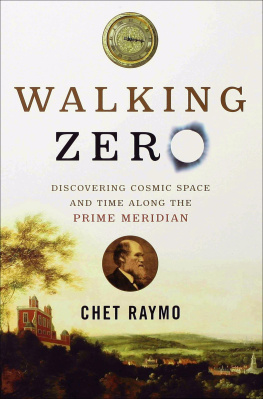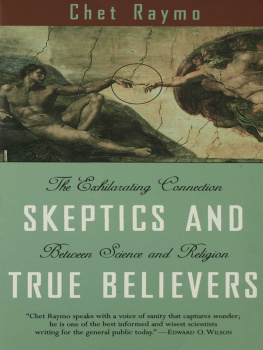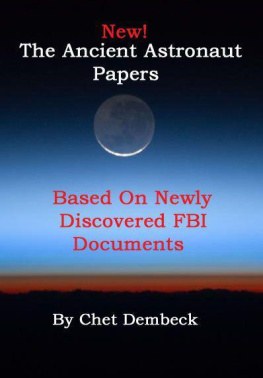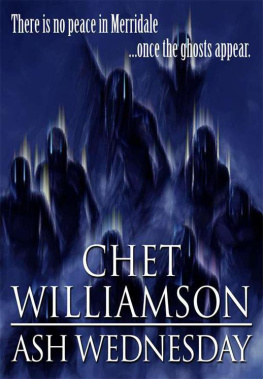Chet Raymo - Honey from Stone: A Naturalists Search for God
Here you can read online Chet Raymo - Honey from Stone: A Naturalists Search for God full text of the book (entire story) in english for free. Download pdf and epub, get meaning, cover and reviews about this ebook. year: 2005, publisher: Cowley Publications, genre: Science fiction. Description of the work, (preface) as well as reviews are available. Best literature library LitArk.com created for fans of good reading and offers a wide selection of genres:
Romance novel
Science fiction
Adventure
Detective
Science
History
Home and family
Prose
Art
Politics
Computer
Non-fiction
Religion
Business
Children
Humor
Choose a favorite category and find really read worthwhile books. Enjoy immersion in the world of imagination, feel the emotions of the characters or learn something new for yourself, make an fascinating discovery.

- Book:Honey from Stone: A Naturalists Search for God
- Author:
- Publisher:Cowley Publications
- Genre:
- Year:2005
- Rating:5 / 5
- Favourites:Add to favourites
- Your mark:
- 100
- 1
- 2
- 3
- 4
- 5
Honey from Stone: A Naturalists Search for God: summary, description and annotation
We offer to read an annotation, description, summary or preface (depends on what the author of the book "Honey from Stone: A Naturalists Search for God" wrote himself). If you haven't found the necessary information about the book — write in the comments, we will try to find it.
Chet Raymo: author's other books
Who wrote Honey from Stone: A Naturalists Search for God? Find out the surname, the name of the author of the book and a list of all author's works by series.
Honey from Stone: A Naturalists Search for God — read online for free the complete book (whole text) full work
Below is the text of the book, divided by pages. System saving the place of the last page read, allows you to conveniently read the book "Honey from Stone: A Naturalists Search for God" online for free, without having to search again every time where you left off. Put a bookmark, and you can go to the page where you finished reading at any time.
Font size:
Interval:
Bookmark:

COWLEY PUBLICATIONS is a ministry of the brothers of the Society of Saint John the Evangelist, a monastic order in the Episcopal Church. Our mission is to provide books and resources for those seeking spiritual and theological formation. COWLEY PUBLICATIONS is committed to developing a new generation of writers and teachers who will encourage people to think and pray in new ways about spirituality, reconciliation, and the future.
A Naturalists Search for God

CHET RAYMO
Illustrations by Bob OCathail

Copyright 1987 by Chet Raymo
All rights reserved.
Published in the United States of America by Cowley Publications, a division of the Society of Saint John the Evangelist. No portion of this book may be reproduced, stored in or introduced into a retrieval system, or transmitted, in any form or by any meansincluding photocopyingwithout the prior written permission of Cowley Publications, except in the case of brief quotations embedded in critical articles and reviews.
First published in hardcover by Dodd, Mead & Company, Inc., New York, New York in 1987.
First published in paperback by Penguin Books, 1989.
Reprinted in paperback by Ruminator Books, 1997.
Library of Congress Cataloging-in-Publication Data:
Raymo, Chet.
Honey from stone : a naturalists search for God / Chet Raymo; illustrations by Bob OCathail.
p. cm.
Originally published: 1st ed. New York, N.Y.: Dodd, Mead & Co., 1987.
Includes bibliographical references and index.
ISBN-10: 1-56101-235-1 ISBN-13: 978-1-56101-235-0 (pbk. : alk. paper)
1. Religion and scienceMeditations. 2. NatureReligious aspectsMeditations. I. Title.
BL240.3.R39 2005
215dc22
2005013529
Cover art: Bob OCathail
Cover design: Rini Twait of Graphical Jazz, L.L.C.
This book was printed in the United States of America on acid-free paper.
Second Printing
Cowley Publications
4 Brattle Street
Cambridge, Massachusetts 02138
800-225-1534 www.cowley.org
For Maurice Sheehy,
friend and guide
to the Dingle Peninsula.
Three hundred million years ago the rocks of Ireland were gently squeezed from the south. The rocks were caused to fold, accordion-wise, in northeast/southwesttending pleats. The rocks that folded upward became mountains, and the rocks that folded downward became valleys. Time passed, and the level of the sea rose with respect to the land. The valleys were flooded.
Today, those ancient pleats in Irelands crust form a series of peninsulas that reach into the Atlantic like the fingers of a hand. The northernmost finger is the Dingle Peninsula. It is a place of misty mountains and green fields, towering sea-cliffs and beaches of yellow sand. It is a quiet place, reached by two roads that hang precariously between the mountains and the sea. The peninsula has been mostly bypassed by industrial civilization, and unreliable weather keeps away the hordes of tourists who would otherwise be drawn by the regions breathtaking beauty. For eight years I have made my summer home on the peninsula. For twice that long I have been a regular visitor.
The Dingle Peninsula is rich in the relics of human habitation. It has more antiquities per square mile than almost any other place in Europe. From the pre-Christian era there are ring forts, promontory forts, souterranes, recumbent megaliths, and alignments of standing stones. Many of these have associations with the myths and legends of Irish prehistory. From Christian times there are stone crosses, ogham stones (stones marked with an early Irish alphabet), and some of the most remarkable unmortared stone architecture in all of the world. It is impossible to move among these mysterious relics without feeling something of the hold of history. History leaves its imprint upon a physical landscape; it also leaves an indelible impression upon the landscapes of our souls.
I was raised in a traditional religion that made much of indelible signs, but early on I abandoned the theology and religious practices of my youth. I took academic degrees in science, and I found in science a compelling vision of reality. I do not mean to say that I turned science into a religion; science is too shallow a vessel to hold ultimate mysteries. Rather, in science I discovered a universe of wonderful dimension, complexity, and beauty. It was a universe that folded inward to embrace the helical dance of the DNA, and outward to enclose the enigmatic quasars and spiraling galaxies. In the face of such a universe, the narrowly anthropomorphic forms of traditional theology seemed inadequate. Nothing of what I had been taught in my religious education seemed quite capacious enough to encompass what I learned in science.
But the hold of historypersonal and culturalis not easily shaken off. After several decades during which I held to the secure ground of science, an attraction to the circumscribing ambient of mystery continued to make itself felt. Perhaps it was something of the physical and spiritual geography of the Dingle Peninsula that caused me to reinitiate the religious quest. The questions I now asked were these: What is the relevance of traditional religion in the world described by contemporary science? Is scientific knowledge a satisfactory ground for the religious experience? Can the language of traditional religion constitute an appropriately modern language of praise?
The meditations that follow are an attempt to answer these questions. They are loosely framed as a Book of Hours. In the medieval monastic tradition the day was divided into eight canonical hoursMatins, Lauds, Prime, Terce, Sext, Nones, Vespers, and Complineeach with assigned observances. A Book of Hours was a collection of meditations or prayers to be read or recited at the appropriate time of day. These essays follow that convention. Each of them grew out of an experience that occurred at approximately the canonical hour. Although I have written the book in the present tense, it should be clear that the experiences I describe did not occur on the same day or even in the same year. The titleHoney from Stoneis borrowed from a passage of Saint Bernard of Clairvaux that stands as the epigraph for the book. The title has a literal as well as a metaphorical connotation. No feature of the landscape of the Dingle Peninsula is more prevalent than stone. When I had completed these meditations, I realized that stone figures prominently in each of them.
This is not a work of metaphysics or theology. It is instead a kind of serendipitous adventure, a spiritual vagabonds quest. I have tramped the landscapes of the Dingle Peninsula, studying the rocks, the sky, the flora and the fauna, and I took whatever scraps of revelation I could find. I sought the burning bush and did not find it. But I found the honeysuckle and the fuchsia, and I found the gorse and the heather. When I called out for the Absolute, I was answered by the wind. If it was Gods voice in the wind, then I heard it.
Warm thanks to Robert Goulet, Bartley MacPhidn, and Maureen Raymo for making important contributions to the book. The Naughtons, the Holsteads, and the Sheehys of Ventry, Ireland, were companions and friends as the book was written. Mary Kennan, friend and editor at Dodd, Mead, exerted throughout a sustaining influence on my work. Bob OCathails linocuts make the book a thing of beauty. Eric Newman helped polish the manuscript. Especially, I thank Maurice Sheehy for sharing with me over the course of a dozen years his considerable knowledge of the Dingle Peninsula.
Next pageFont size:
Interval:
Bookmark:
Similar books «Honey from Stone: A Naturalists Search for God»
Look at similar books to Honey from Stone: A Naturalists Search for God. We have selected literature similar in name and meaning in the hope of providing readers with more options to find new, interesting, not yet read works.
Discussion, reviews of the book Honey from Stone: A Naturalists Search for God and just readers' own opinions. Leave your comments, write what you think about the work, its meaning or the main characters. Specify what exactly you liked and what you didn't like, and why you think so.

